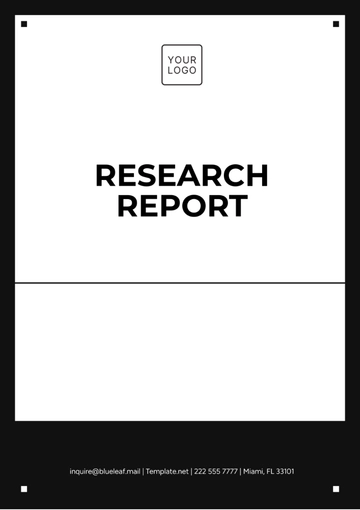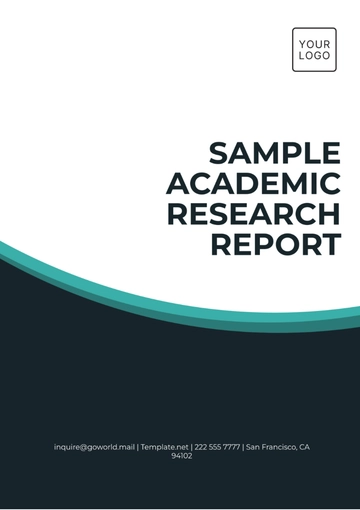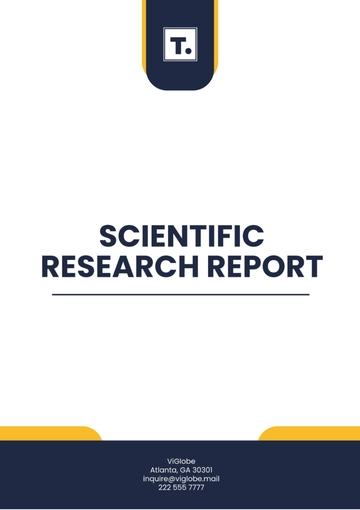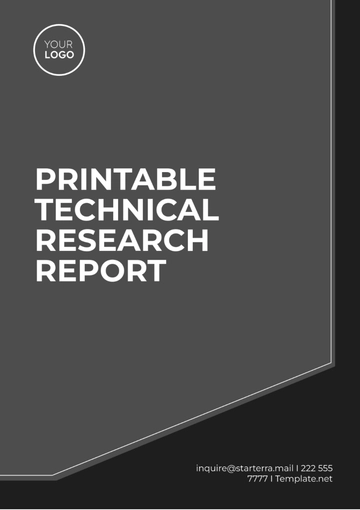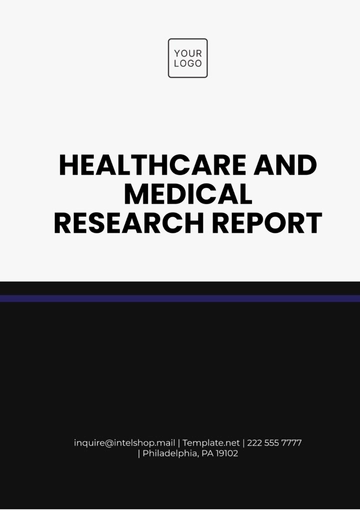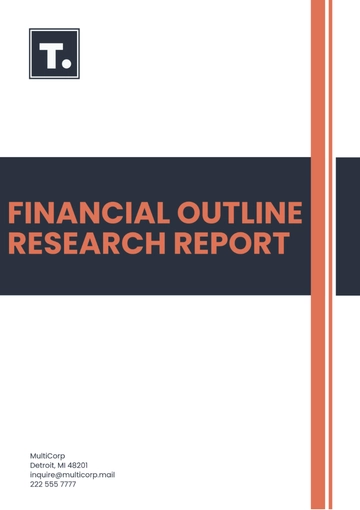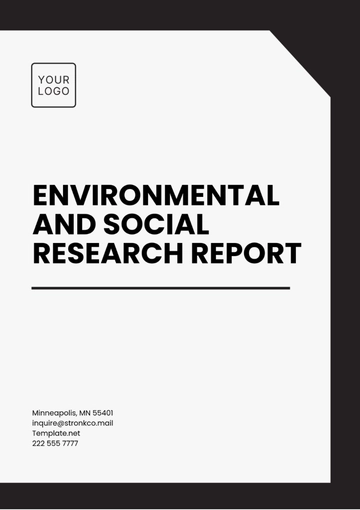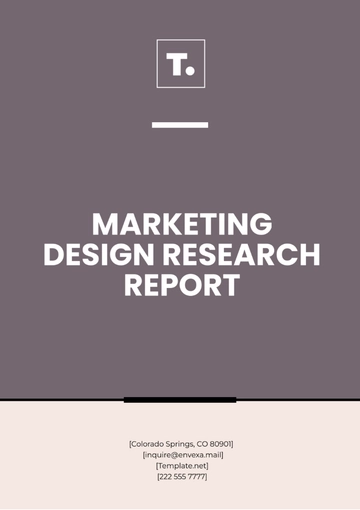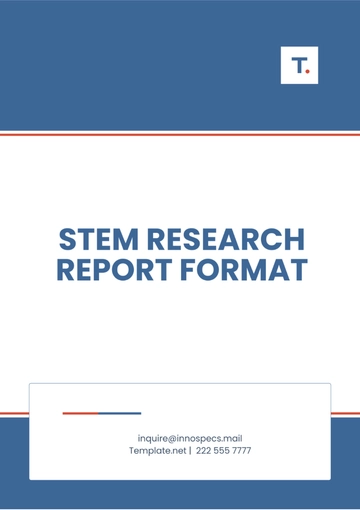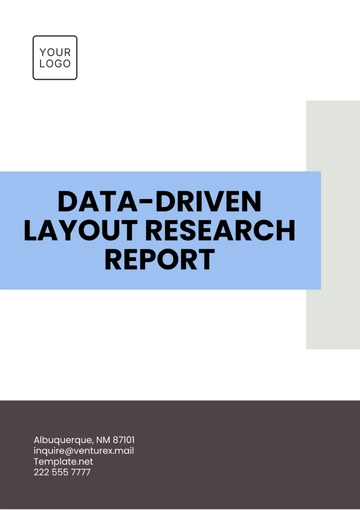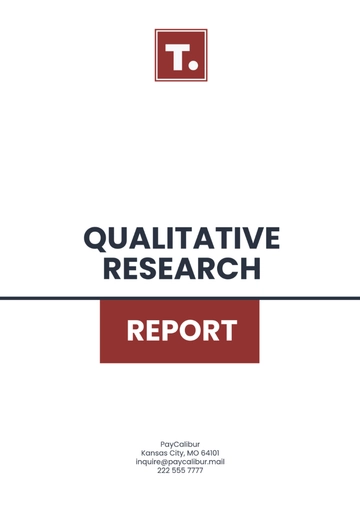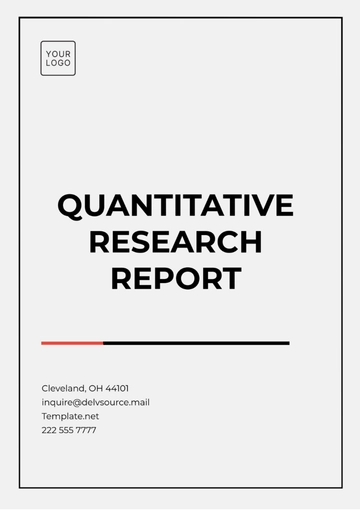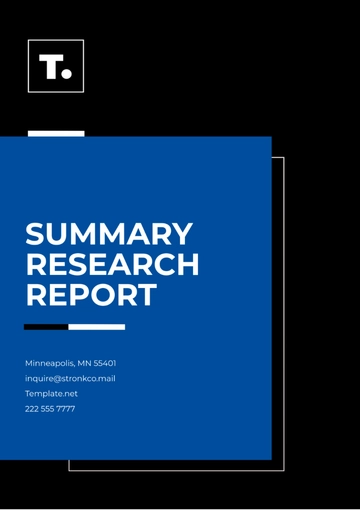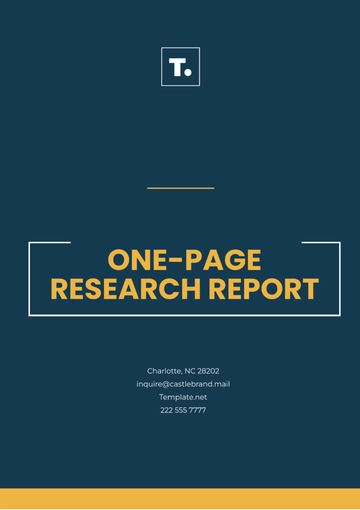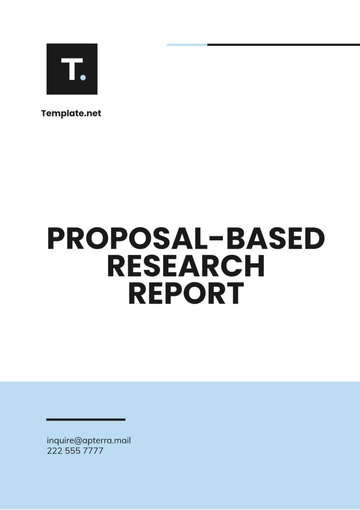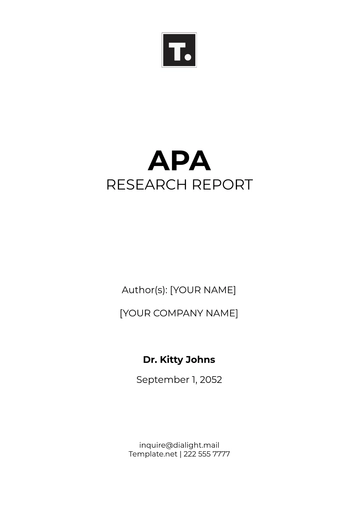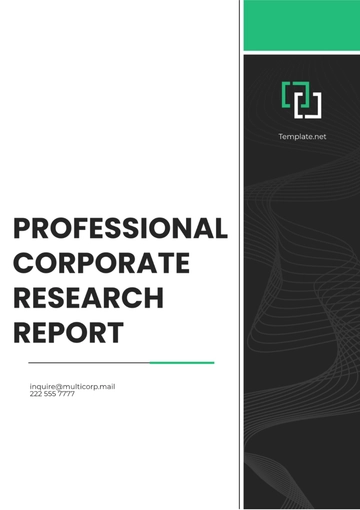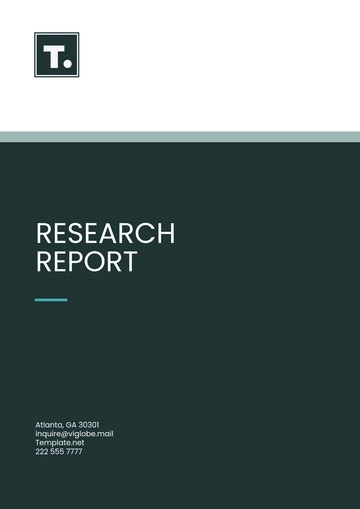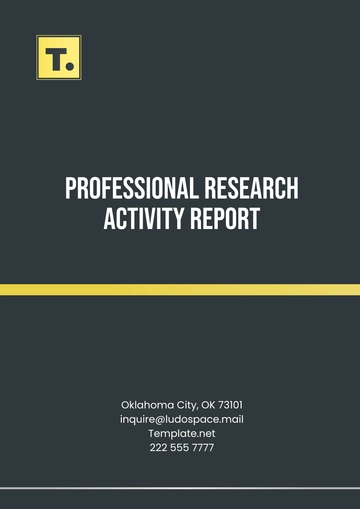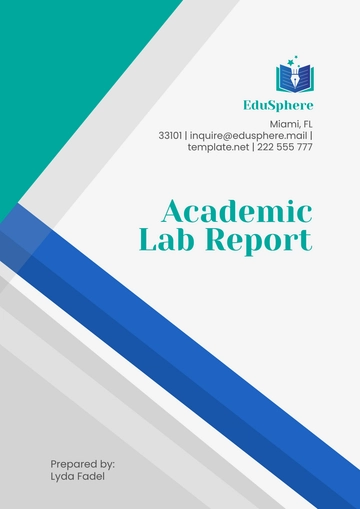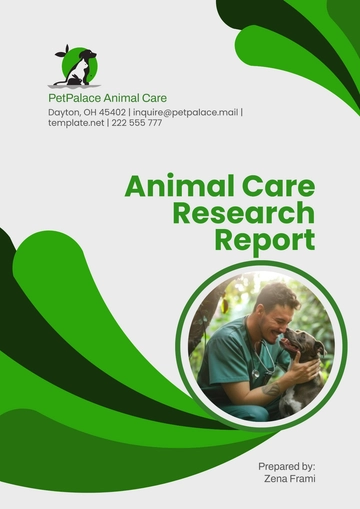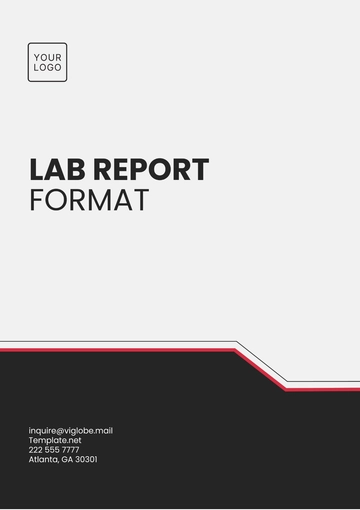Free PPE Research Report

I. Executive Summary
Overview of the Report: | This research report provides an in-depth analysis of the effectiveness and utilization of Personal Protective Equipment (PPE) in the manufacturing industry. It evaluates current PPE standards, user compliance, and the impact of PPE on workplace safety. |
Research Significance: | The study addresses critical gaps in PPE usage and offers insights into improving safety measures. It's particularly significant for enhancing employee protection and aligning PPE practices with evolving industry standards. |
Key Recommendations: | Key recommendations include the adoption of advanced PPE technologies, targeted training programs for employees, and the development of more stringent PPE compliance monitoring systems. |
II. Introduction and Background
Research Objectives: | The primary goal is to assess the effectiveness of PPE in reducing workplace injuries in manufacturing settings. The research also aims to identify factors influencing PPE compliance and the role of training in PPE effectiveness. |
Background Information: | The report examines the evolution of PPE standards, with a focus on helmets, gloves, and protective eyewear. It also reviews previous studies on PPE usage, highlighting trends and common challenges in various industries. |
Scope of the Research: | The research focuses on manufacturing environments, considering various types of PPE. It excludes sectors like construction and healthcare to maintain a focused approach. |
III. Methodology
This section describes the comprehensive approach used in conducting the research, ensuring the study's validity and reliability.
A. Research Methods
A mixed-method approach was employed, combining quantitative surveys with qualitative interviews. Over 200 employees and 15 safety managers participated in the study, providing a well-rounded perspective.
Method Type | Description | Participant Details |
Quantitative Surveys | Structured questionnaires focused on PPE usage | 200 employees across various departments |
Qualitative Interviews | In-depth interviews with safety managers | 15 safety managers from different plants |
Mixed-Method Approach | Combination of surveys and interviews for comprehensive insights | Both employees and safety managers |
B. Data Sources
Data was sourced from workplace safety records, PPE usage logs, and direct observations in manufacturing plants. Additionally, industry reports and academic journals were reviewed for secondary data.
Data Source Type | Specific Data Collected | Source Detail |
Workplace Safety Records | Records of accidents and PPE-related incidents | Manufacturing plant records |
PPE Usage Logs | Detailed logs of PPE issuance and usage | PPE management systems |
Direct Observations | Observations of PPE usage in real-time | Plant visits and inspections |
Industry Reports | Trends and benchmarks in PPE usage | Industry-specific publications |
Academic Journals | Studies and findings on PPE effectiveness | Safety and health journals |
C. Analysis Techniques
Quantitative data were analyzed using statistical methods, while qualitative data from interviews were subjected to thematic analysis. This combination allowed for a nuanced understanding of PPE usage dynamics.
Data Type | Analysis Technique | Purpose of Analysis |
Quantitative Data | Statistical Analysis (e.g., frequency, correlation) | To identify patterns and trends in PPE usage |
Qualitative Data | Thematic Analysis | To understand attitudes and perceptions towards PPE |
Combined Data Analysis | Mixed-Methods Analysis | To provide a holistic view of PPE practices and impacts |
IV. Findings and Analysis
In this section, the data collected is meticulously presented and analyzed to reveal significant patterns and insights.
A. Data Presentation
Data is showcased through a simple table and a bar graph illustrating PPE compliance rates and another table and a pie chart depicting types of injuries mitigated by PPE.
Department | Compliance Rate (%) | Non-Compliance Rate (%) |
Manufacturing | 75 | 25 |
Warehouse | 60 | 40 |
Office Administration | 90 | 10 |
Laboratory | 85 | 15 |
Maintenance | 70 | 30 |
Injury Type | Percentage Reduced by PPE (%) |
Head Injuries | 80 |
Eye Injuries | 75 |
Hand and Finger Injuries | 65 |
Respiratory Issues | 60 |
Foot Injuries | 50 |
B. Key Findings
While PPE usage is generally high, compliance rates significantly vary across departments, with the manufacturing and warehouse departments showing notable non-compliance.
PPE non-compliance is directly correlated with a higher incidence of workplace injuries, particularly in departments with lower compliance rates.
PPE usage has significantly reduced specific types of injuries, particularly head and eye injuries.
C. Analysis and Interpretation
Knowledge Gaps Affecting Compliance: Despite high awareness, gaps in knowledge regarding proper PPE usage techniques contribute to lower compliance rates and reduced effectiveness.
Impact of Regular Training: Departments with regular PPE training sessions show higher compliance rates, indicating that ongoing education can effectively enhance PPE usage.
Need for Targeted Interventions: Departments with lower compliance rates require targeted interventions, including focused training and stricter enforcement of PPE policies.
V. Conclusions and Recommendations
The research comprehensively demonstrates that while the current use of PPE in the manufacturing sector is commendable, there are critical areas where enhancements are necessary to ensure optimal safety.
Significance of Effective PPE Usage: The study conclusively finds that effective PPE usage drastically reduces the risk of workplace injuries. PPE is not just a compliance requirement but a fundamental aspect of employee safety.
Gaps in Training and Awareness: Despite high levels of PPE provision, gaps in training and awareness hinder its effectiveness. Employees often lack detailed knowledge of proper PPE usage, leading to inconsistent compliance and increased safety risks.
Role of Policy and Enforcement: Current PPE policies may not fully address the dynamic nature of manufacturing environments. Additionally, enforcement of these policies is inconsistent, contributing to varying compliance levels across departments.
Technology Integration: The limited use of technology in monitoring and managing PPE usage presents an opportunity for improvement. Modern technologies can offer real-time compliance monitoring and more efficient management of PPE.
Based on the findings, the report proposes a set of detailed recommendations aimed at enhancing PPE management and usage:
Regular, Hands-On PPE Training: Implement comprehensive training programs focusing on practical, hands-on experiences. This should include demonstrations, fitting sessions, and scenario-based learning to ensure employees understand the correct usage of PPE.
Smart PPE Technology Integration: Adopt smart PPE technologies that can track usage, provide reminders, and alert supervisors to non-compliance. This can include RFID tags, wearable sensors, and mobile app integrations.
Policy Revision and Enforcement: Update PPE policies to be more reflective of the specific needs and risks of different departments. Strengthen policy enforcement through regular checks, supervisor accountability, and a clear disciplinary process for non-compliance.
Customized PPE Solutions: Develop customized PPE solutions tailored to specific job roles and individual needs, ensuring better fit, comfort, and therefore, higher compliance.
Feedback Mechanisms and Continuous Improvement: Establish robust feedback mechanisms to gather insights from employees about PPE usage challenges and preferences. Use this feedback for continuous improvement of PPE policies and training.
Prepared by:
[Your Name],
[Your Job Title]
[Your Email] | [Your Number]
© [Year] [Your Company Name]. All Rights Reserved.
- 100% Customizable, free editor
- Access 1 Million+ Templates, photo’s & graphics
- Download or share as a template
- Click and replace photos, graphics, text, backgrounds
- Resize, crop, AI write & more
- Access advanced editor
Introducing the PPE Research Report Template from Template.net. Crafted to streamline your PPE analysis process, this editable and customizable template offers a seamless experience. Utilize our Ai Editor Tool to effortlessly tailor your report. Elevate your research game with precision and efficiency. Get started today with Template.net!
You may also like
- Sales Report
- Daily Report
- Project Report
- Business Report
- Weekly Report
- Incident Report
- Annual Report
- Report Layout
- Report Design
- Progress Report
- Marketing Report
- Company Report
- Monthly Report
- Audit Report
- Status Report
- School Report
- Reports Hr
- Management Report
- Project Status Report
- Handover Report
- Health And Safety Report
- Restaurant Report
- Construction Report
- Research Report
- Evaluation Report
- Investigation Report
- Employee Report
- Advertising Report
- Weekly Status Report
- Project Management Report
- Finance Report
- Service Report
- Technical Report
- Meeting Report
- Quarterly Report
- Inspection Report
- Medical Report
- Test Report
- Summary Report
- Inventory Report
- Valuation Report
- Operations Report
- Payroll Report
- Training Report
- Job Report
- Case Report
- Performance Report
- Board Report
- Internal Audit Report
- Student Report
- Monthly Management Report
- Small Business Report
- Accident Report
- Call Center Report
- Activity Report
- IT and Software Report
- Internship Report
- Visit Report
- Product Report
- Book Report
- Property Report
- Recruitment Report
- University Report
- Event Report
- SEO Report
- Conference Report
- Narrative Report
- Nursing Home Report
- Preschool Report
- Call Report
- Customer Report
- Employee Incident Report
- Accomplishment Report
- Social Media Report
- Work From Home Report
- Security Report
- Damage Report
- Quality Report
- Internal Report
- Nurse Report
- Real Estate Report
- Hotel Report
- Equipment Report
- Credit Report
- Field Report
- Non Profit Report
- Maintenance Report
- News Report
- Survey Report
- Executive Report
- Law Firm Report
- Advertising Agency Report
- Interior Design Report
- Travel Agency Report
- Stock Report
- Salon Report
- Bug Report
- Workplace Report
- Action Report
- Investor Report
- Cleaning Services Report
- Consulting Report
- Freelancer Report
- Site Visit Report
- Trip Report
- Classroom Observation Report
- Vehicle Report
- Final Report
- Software Report
